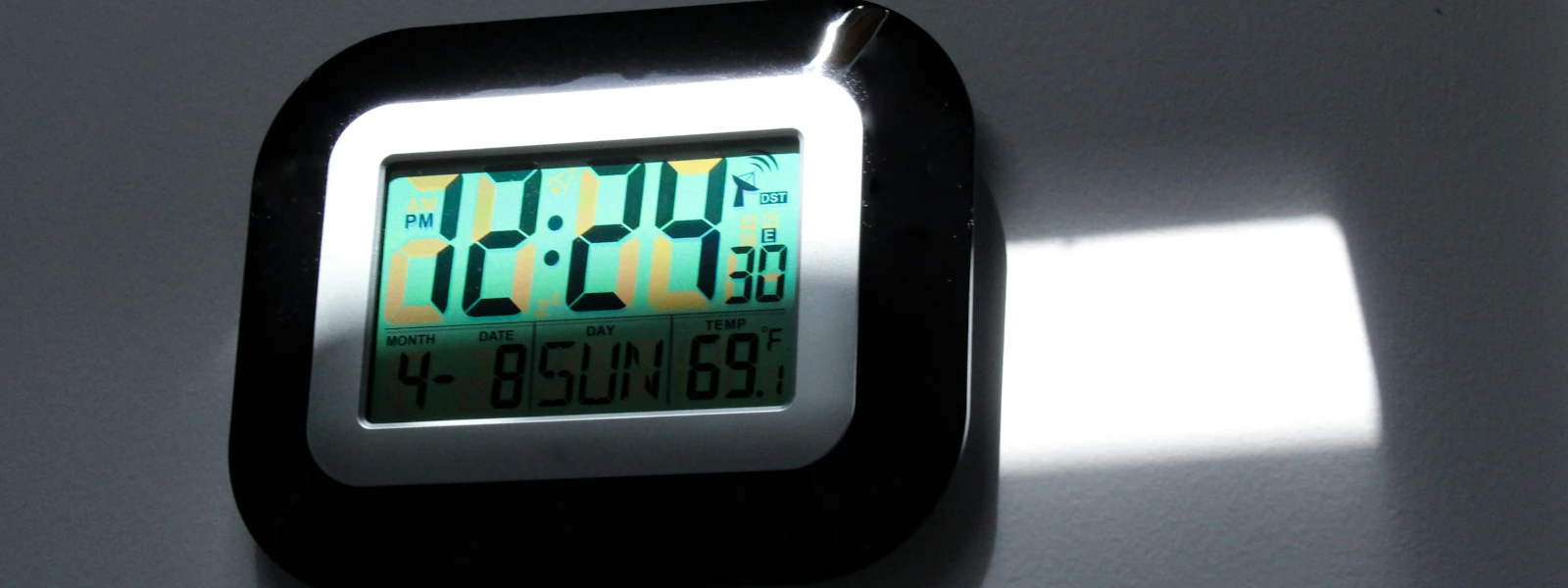How to remove lighting control devices from padel courts

The problems with time-tracking wallets
For a few years now, digital wallets for lighting control have been proliferating as a solution for homeowners' associations, and we are the first to encounter many associations that have them installed, especially for controlling lighting on sports courts: paddle tennis, tennis, and similar.
At first glance, it was the perfect solution to avoid the energy waste that occurs with the use of these sports facilities. Users had a habit of turning on these lights when they weren't needed and, above all, often forgot to turn them off after use. This led to a total waste that increased the expenditure of community resources.
However, while they solved this problem, they add an additional, and important, challenge to the communities: who is responsible for collecting the coins, taking them to the bank, and depositing them into the community's account, informing the administration of this. In other words, someone must be responsible for this task, which, while not complex, does require a lot of time, especially in the morning when the banks are open. It must be the president of the community or the property management, or whoever is in charge of this task.
In addition to this problem, we've also received cases of these wallets being vandalized. Simply for the sake of breaking things, as is common in regional governments. Or also to steal the revenue, even if it's usually small. And this problem causes further friction in regional governments that had already had to approve an expense to implement it and now must assume another to fix it.
We also add a third problem, and it's related to its management. When the price charged needs to be changed, how is it done? And who does it? Again, this problem, which would be simple for any individual, is not trivial in any Community, no matter how large.
Our proposed solution
For us, however, this problem is very easy to solve: using our application for Communities, we can charge for the use of sports court lights and we can also automate the on/off process, eliminating any intermediate elements.
That is, and taking as an example a padel court in any Community with one of these wallets, the solution would be:
- We replaced the wallet with one of our smart relays, which will be responsible for turning the lights on and off remotely.
- We added our Onzane app to the community and configured its payment function, allowing the community itself to charge its residents via credit cards or other electronic payment methods.
- We configure the padel court schedule with its reservable slots and set the price for using the lights. We also indicate whether it is optional or mandatory to book it at the same time you reserve the court.
New reservation, payment and usage process
With these changes made, where we have replaced the wallet with a relé inteligente and added our application, the complete process of reserving and using a court would now be as follows:
- As a resident, you'll be allowed to reserve a court. Open the Onzane app, search for the court, and check its availability. Once you've selected the desired time slot, select it if the electricity bill is optional. If it's mandatory, it will be added.
- We make the reservation and pay the total price, which may include the court fee and the lighting fee. This money goes directly into the Community's current account.
- Shortly before the day and time of your reservation, we'll arrive at the track, open the app, and select the option to turn on the lights. The lights will turn on if we're in the reserved time slot, something only we can request after booking and purchasing the service.
- Once the match is over, the lights will automatically turn off, and you can set a few minutes of courtesy light beyond the reservation end time.
In this way, we have eliminated the intermediary element that controlled our lighting system and have added an automated reservation system along with a payment and contracting system for services such as electricity.
In addition, all these payments and contracts are reflected in the application's management system, where they can be consulted or listed at any time. Property management will also have access to this information and can, for example, download all transactions and payments made monthly to add them to the community's accounting.